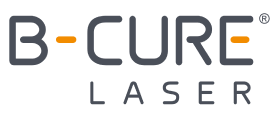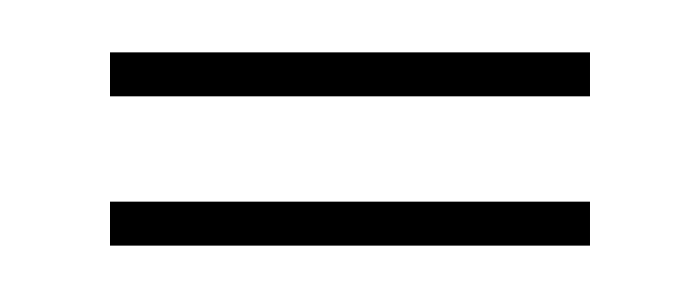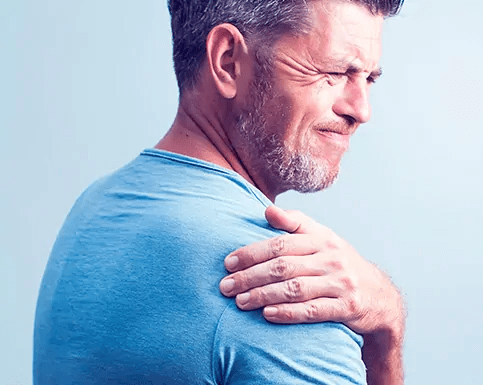
Burns and Burn Scars
What is a burn? What are the causes and the treatment methods and how can B-Cure Laser assist in the treatment of a burn and the prevention of scarring?
A burn is damaged tissue that results from scalding, overexposure to the sun or other radiation, contact with flames, chemicals or electricity, or smoke inhalation. The skin is the body’s first layer of defense against infection by microorganisms. A burn is a break in the skin and the risk of infection exists both in an injured area and potentially through the body.
Burns occur mainly in the home or workplace.
The American Burn Association states that an average 450,000 patients receive hospital and Emergency Room treatment for burns each year in the United States alone.
Thermal (heat) burns occur when some or all of the cells in the skin or other tissues are destroyed by:
- Hot liquids (scalds)
- Hot solids (contact burns)
- Flames (flame burns)
How Are Burns Classified?
Burns are classified based upon their depth and with the severity with which they penetrate the skin’s surface.
A first-degree burn is superficial and causes local inflammation of the skin. Sunburn is often categorised as first-degree burn. Pain, redness and mild swelling characterise the inflammation. The skin may be very tender and sensitive to touch.
Second-degree burns are deeper and in addition to pain, redness and inflammation, there is usually blistering.
Third degree burns are even deeper, affect all layers of skin, and actually destroy the injured skin area. Because the nerves and blood vessels are damaged, third degree burns are white in color, have a leathery texture and tend to be relatively numb.
Burn Scars
After a burn has healed, you are likely to be left with a scar, especially if it is a second or third degree burn. The severity of scarring depends on the depth of the burn and how it was initially treated and managed. Treatment of burn scars generally fall under four main categories – over the counter topical treatments, non-surgical procedures, laser therapy and surgery.
How to Treat Burns
Quick and correct treatment of a burn will reduce the risk and severity of any scaring.
Burn treatment depends on the type of burn. First degree burns are usually treated with skin care products such as aloe vera cream or an antibiotic ointment accompanied by painkillers such as acetaminophen (Panadol).
Second-degree burns may be treated with medicated creams for burn treatment, an antibiotic cream or other creams or ointments prescribed by a doctor.
The treatment of third-degree burns may require the process of skin grafting or the use of synthetic skin. Severe burns, covering large parts of the body may need more intensive treatments such as intravenous (IV) antibiotics to prevent infection or administration of IV fluids, to replenish fluids lost when the body was burned.
Laser Therapy for Burn Treatment: B-Cure Laser
Low-level laser therapy (LLLT) is an emerging medical technique. Scientifically speaking, exposure to low-level laser light stimulates cellular function, leading to extremely beneficial effects on the healing process. It reduces the time required for wound closure and increases the mean breaking strength of the wound.
Laser treatments are used to relieve tightness, discomfort and pain from burn scars, as well as smooth them and diminish their redness.
How Does B-Cure Laser Pro Work?
Low-level laser therapy (LLLT, also known as cold laser) is a laser beam that acts on the surface of the skin. At the same time, LLLT penetrates deep into the tissues with no heating effect and without damaging the skin. Low-level laser therapy stimulates cell activity, strengthens cell signals and increases the efficiency of the body’s natural immune system. It boosts the production of anti inflammatory enzymes and releases endorphins (pain reducing hormones). It also increases the formation of collagen and elastin, which promote the healing of wounds and the rehabilitation of the injured area, following surgical procedures.
Treatment Protocol
Place the device along the length of the injured tissue, without direct contact, for a duration of 8 minutes. Hold the device approximately 0.5 cm above the wound. Dressings and clothing must be removed before treatment.
If the area of the wound is wider than the surface of the laser, which is 1cm X 4.5 cm, set the device for an additional 8 minutes and then treat the adjacent area. Continue until the entire area of the wound has been treated, including its margins.
Disinfect the device using 70% alcohol wipes after each treatment of an open wound.
To make treatment more convenient, the adjustable stand may be used. Stabilise the device and the stand, and treat without moving so that the laser beam penetrates deep into the tissues.




